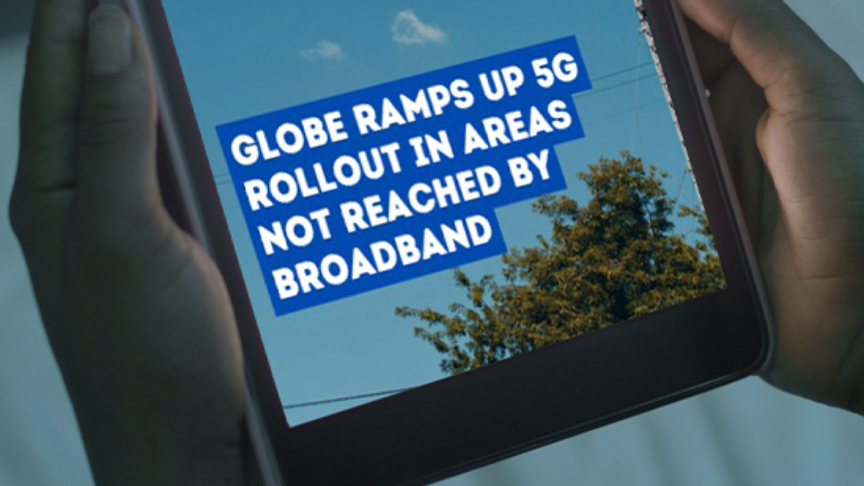Globe is ramping up the rollout of 5G sites in areas not reached by fixed internet or broadband to further improve the Digital Quality of Life (DQL) in the Philippines.
This was shared by Rina Azcuna-Siongco, Head of Get Entertained Tribe at Globe during the OTT (Over the Top) Summit 2022 organized by the Asia Video Industry Association (AVIA). Speaking on the topic “How will 5G Change the Game for Asian Streaming Services?” she said the deployment of 5G technology complements Globe’s broadband rollout to deliver #1stWorldNetwork to customers.
“One of the ways we’ve used 5G is for areas where it’s a bit more challenging to deploy fixed internet or broadband. We need to do it through 5G instead. That way, we are able to deliver things like better video streaming and gaming experiences,” Siongco said.
Video streaming and gaming require low latency and high bandwidth to be enjoyed thoroughly. 5G is the latest wireless technology that can offer such benefits, opening up new use cases that could enrich people’s lifestyles.
“Here in the Philippines, as lockdown restrictions start to ease up, we see that people have really come to the habit of consuming content already, but now they’ll be consuming it on the go since they can spend more time outside the home now,” Siongco said.
Globe’s 5G network now covers 95 percent of the National Capital Region’s (NCR) population and 84 percent in Visayas and Mindanao. Globe is also doubling its efforts to roll out more 5G cell sites and in-building solutions this year to reach more areas.
In the first quarter of 2022, Globe has fired up 380 new 5G sites to augment outdoor and in-building solutions in Metro Manila, Rizal, Cavite, Batangas, Bulacan, Davao, Cebu, Misamis Oriental, and Iloilo.
Globe’s expansion of 5G coverage in the country is in line with its commitment to the United Nations Sustainable Development Goals, particularly UN SDG No. 9, which highlights the roles of infrastructure and innovation as crucial drivers of economic growth and development.
Video streaming peaked in the past two years as it became a form of entertainment for Filipinos stuck at home due to strict mobility restrictions. It also resulted in the popularity of short-form video content like TikTok.
“Short-form video has become popular. I think that is going to continue. The attention span of Gen Zs and Millennials is much shorter compared to Gen X, so they gravitate towards short-form content,” she pointed out.
Video was also valuable for Filipino entrepreneurs who turned to the internet for livelihood opportunities at the height of the pandemic. Siongco noted that because of e-commerce, video for livelihood has become very popular and has helped many micro, small, and medium-sized enterprises move their goods and services.












































































































